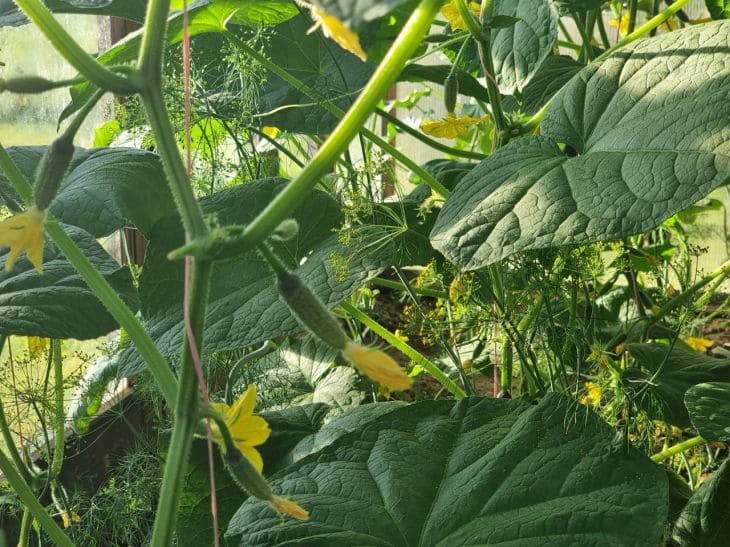Milk whey for tomatoes and cucumbers. A natural remedy that will increase the harvest several times
Modern gardeners try to get an environmentally friendly harvest of fruits, vegetables and berries and at the same time reduce or minimize the costs of purchasing chemical fertilizers.
Of course, if the plants are heavily infected with fungal and bacterial diseases, it will not be possible to overcome the problem without industrial means. However, in order not to bring your plot to such a state, you need to take preventive measures.
One of these is the use of whey.
With its help you can fight dangerous diseases on tomatoes and cucumbers, and also feed them.
Whey is obtained after processing milk.
It consists of:

- lactose, which can protect against pests, and its acidic bacteria form a thin protective film on the leaves that stops the proliferation of pathogenic fungi;
- amino acids, together with nitrogen, phosphorus and potassium, participate in the growth of green mass of plants;
- Minerals and vitamins increase crop yields, saturate plants with useful elements and promote better growth.
And most importantly, whey is useful and absolutely harmless to plants and can be sprayed with it at least every day.
Treat tomatoes and cucumbers with whey on the leaves
To do this, pour whey diluted in warm water in a 1:1 ratio into a sprayer and treat the tomatoes and cucumbers.
At the end of June, add a few drops of pharmacy iodine to this solution to prevent late blight on tomatoes, and powdery mildew on cucumbers and reduce the number of barren flowers. For root watering, prepare a less concentrated solution of whey. Dilute 2 liters of whey in 12 liters of water and pour 1 liter of the solution under each bush.
Use the serum on all the beds.
Spray young cabbage seedlings against cruciferous flea beetles, water onions against onion flies, protect currant and gooseberry bushes from aphids, and the berries will grow large and very sweet.
When apple and plum trees begin to bloom, spray them along with the trunk and the soil around them - this will save them from scab infection.
Roses and hydrangeas also love being watered with whey.
It can be mixed with any organic fertilizer.
This mixture ferments much faster, and the nutrients that reach the roots are absorbed very well, as they are in an easily digestible form.
